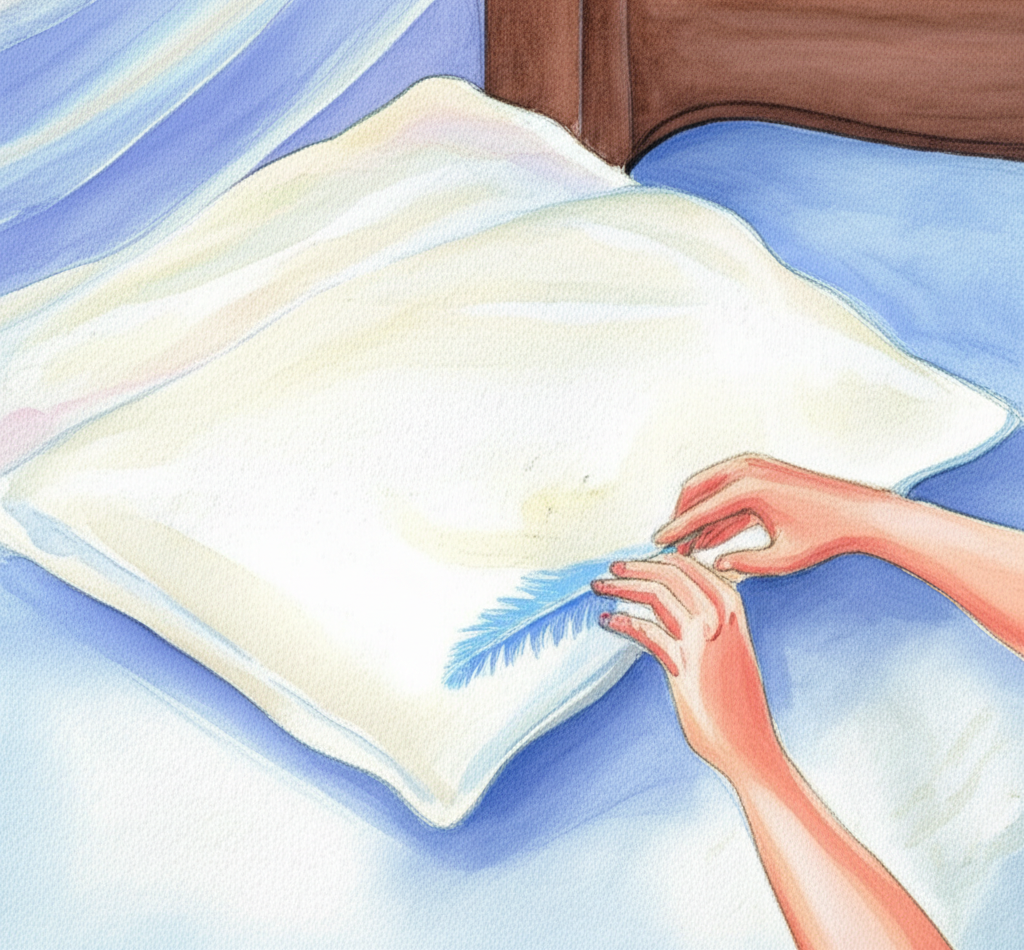
Superstitions often arise surrounding significant life events, including birth, death, and marriage. The commencement of married life, much like the New Year, was believed to dictate the future success of the union. Consequently, newlyweds traditionally adhered to various wedding-day customs aimed at securing a harmonious and prosperous life together, many of which persist to this day. One particular superstitious act, traditionally performed discreetly by the bride, involved ensuring her husband’s fidelity by sewing a swan’s feather into his pillow.
The practice of placing objects in or under pillows has historically been associated with influencing an individual’s behavior or well-being. For example, those fearing bewitchment would place a knife under their pillow as protection against witches. Similarly, it was believed that sleeping with a carefully selected posy of flowers beneath one’s pillow would induce dreams of a future spouse. These beliefs echo ancient African witchcraft customs, where ‘voodoo’ charms, such as bones, hair, rags, or strings, were placed under a pillow to cause sleeplessness or even death through what was known as ‘Pillow Magic.’
The significance of the swan’s feather in promoting marital fidelity stems from the bird’s reputation in folklore as a symbol of faithful love. This reputation is based on the observation that swans, unlike many other birds and animals, typically mate for life. Swans feature prominently in the legends of diverse cultures. One of the oldest tales originates from India and recounts the story of Urvasi, a nymph who fell in love with a mortal man named Puruvaras. She pledged to remain with him on the condition that she never saw him naked. However, a god, envious of their love, tricked Puruvaras into violating this condition, forcing Urvasi to flee. The loyal Puruvaras searched tirelessly for her and eventually found her swimming with other nymphs, disguised as swans. In some versions of the story, Urvasi refused to return to him, while others state that he was granted immortality to remain with her forever.
Parallel narratives can be found in Egyptian and Roman mythology, as well as in legends from Greenland, Eastern Siberia, and Ireland. In Irish folklore, swans were often depicted as bewitched maidens or carriers of the souls of women who had died as virgins. Later depictions of swans’ devotion in Wagner’s operas Parsifal and Lohengrin, as well as Tchaikovsky’s renowned ballet Swan Lake, solidified the swan’s image as an emblem of unwavering devotion.
In modern interpretations, the superstition of sewing a swan’s feather into a husband’s pillow is largely symbolic. While few contemporary brides literally perform this act, it serves as a reminder of the desire for fidelity and lasting love within the marriage. The swan, with its enduring symbolic association with lifelong partnership, represents the hope for a stable and devoted relationship.